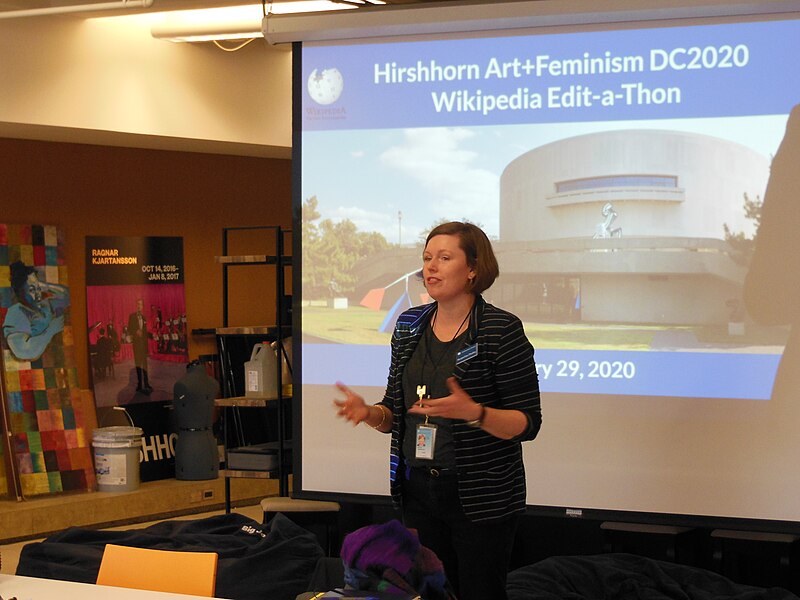Chapter 12 Summary

Monroe’s Motivated Sequence can be found just about everywhere when analyzing the various persuasive messages across all media. The formula employs five steps: 1) Gain Attention, 2) Present the Need, 3) Satisfy the Need, 4) Visualize, and 5) Call to Action.
Successful persuaders that use Monroe’s Motivated Sequence start by explaining the why behind their message. Answer the eight preparation questions before composing a persuasive strategy. Identifying the motivations behind the topic beforehand can help speakers develop the why behind it. Help the audience members identify and relate with the topic by demonstrating why to care, which naturally leads them to seek out the how: the proposed solution.
Failing to motivate the audience to understand the why will likely mean subsequent steps will fall flat, so concentrate on presenting a need so pressing that the audience begins desiring satisfaction for that need or a solution to the problem. Then, ensure that the satisfaction or solution presents a realistic solution clearly, explicitly, and concretely, with plenty of step-by-step detail. Make the solution as easy as possible for the audience to enact. Then, drive the persuasive message home by showing (not telling) the audience what they can expect once they have adopted the wonderful proposed solution. Tantalize them with rich imagery, but again, do so realistically— don’t advertise falsely.
Lastly, follow through with a firm, direct, and clear call to action, reminding the listeners why they need to take action, how to do it, and what they can expect from doing so. Balance this approach to ensure that each step builds upon one another. Make sure to craft the Need step specifically for the intended audience. Ensure that the solution adequately addresses each aspect of the problem. This molds the message to communicate directly to the audience’s decision-making centers of their brains, activating their limbic systems by providing information that satisfies all components of the rhetorical triangle.
For additional guidance, review the exemplary sample outlines in the following pages to see how other students from the past have approached Monroe’s Motivated Sequence.

